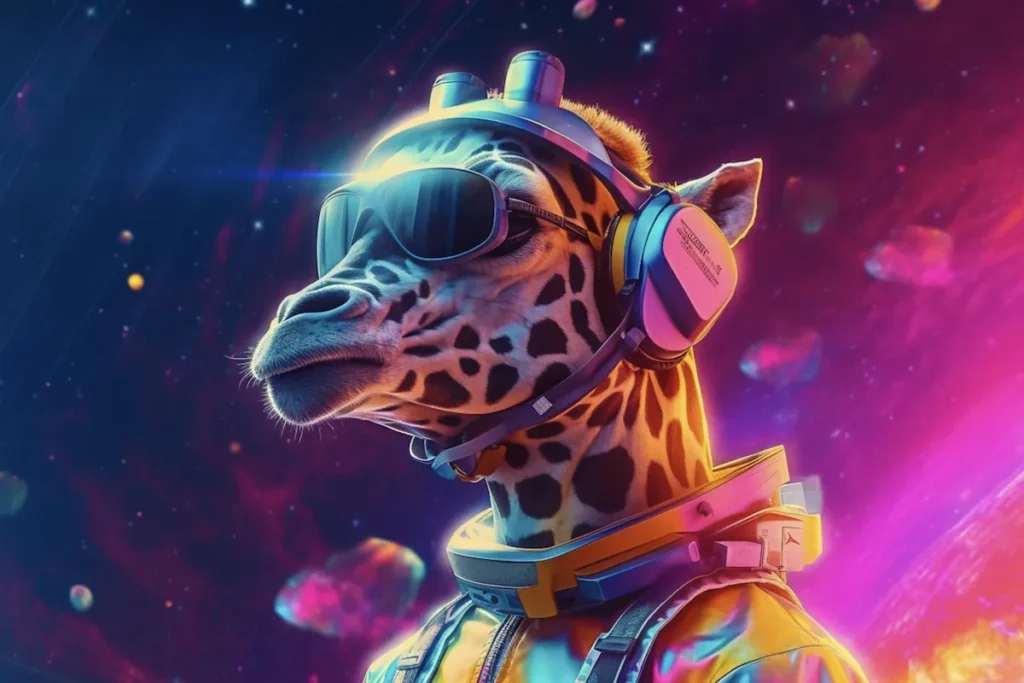NFTs have revolutionized the art world, providing a unique way for creators to engage with collectors. While the market has had its share of highs and lows, there is still plenty of room for innovative generative NFT collections. These projects offer a blend of unexpected traits and artistic flair, catering to a wide range of audiences without the need for a coding background.
In this guide, we will explore how you can create your own generative NFT collection using a no-code platform. By utilizing tools that eliminate the need for programming, you can focus on crafting art that resonates with your audience, rather than getting caught up in technical details.
Why Choose No-Code Platforms?
For artists and creatives, delving into code can be daunting and distracting from their artistic vision. No-code platforms provide a solution by streamlining the NFT minting process, allowing creators to focus on their craft without the complexities of coding. This approach eliminates the need to learn custom smart contract development, enabling artists to concentrate on perfecting their art while the platform handles the technical aspects.
Understanding Generative NFT Art
What is Generative Art?
Generative art involves the combination of design elements to create unique NFT outcomes for each piece. Similar to a digital slot machine, generative art randomly selects traits such as color, background, and accessories to create distinctive combinations. By layering different assets and assigning rarity levels to each trait, creators can produce valuable, limited-edition pieces within their collection.
The Value of Generative NFT Collections
Collectors are drawn to the rarity and variety offered by generative NFT collections. Projects like Bored Ape Yacht Club and CryptoPunks have demonstrated the appeal of limited sets of unique designs, inspiring other artists to create fresh collections. By leveraging random trait generation, creators can produce thousands of distinct pieces that appeal to collectors seeking unique and scarce NFTs.
Common Misconceptions
- “I need to be a developer to create generative NFTs.” No-code platforms have made it accessible to creatives without coding backgrounds.
- “It’s too expensive to get started.” While minting fees should be considered, there are cost-effective tools and blockchains with lower transaction fees available.
- “Generative projects are too complicated.” By breaking down the process into clear steps, creating generative NFTs becomes more manageable than expected.
Overview of No-Code Platforms
The landscape of generative NFT art tools is evolving rapidly, with several platforms catering to creators who prefer to avoid coding. These platforms offer user-friendly interfaces, drag-and-drop functionality, and step-by-step instructions, making generative NFT art creation accessible to all.
Step-by-Step Generative NFT Art Tutorial
Prepare Your Artwork Assets
Before starting your project, organize your artwork assets by creating distinct visual layers such as background, characters, and accessories. Naming your files clearly and keeping them organized will streamline the creation process.
Set Up Your Project on the Chosen No-Code Platform
Create an account on your selected platform and navigate to the project dashboard to begin uploading your art layers and configuring project settings.
Uploading and Layering Traits
Upload each trait layer separately and arrange them in the correct order, ensuring they stack properly without overlapping. Most platforms offer a drag-and-drop feature for easy layering.
Configuring Rarity
Decide how frequently each trait appears among the generated images to maintain collector interest. Balancing rarity levels is crucial for creating coveted and valuable NFTs.
Generating Previews
Generate test images to review and confirm that all layers align correctly and colors complement each other. Make any necessary adjustments before finalizing your collection.
Minting Your Collection
Mint your art as NFTs on the blockchain by connecting a crypto wallet, paying gas fees if applicable, and selecting on-chain or off-chain metadata storage. Click “Mint” to create your NFTs.
Listing & Launching
After minting your NFTs, list them on popular marketplaces like OpenSea or Rarible, or use a custom smart contract for more control. Create a collection page, double-check all details, and promote your collection on social media.
Final Thoughts
Embarking on the journey of creating a generative NFT art collection can be a thrilling experience. By following the steps outlined in this guide, you can bring your collection to life, attract collectors with unique artwork, and establish your presence in the blockchain art world. Experiment with different approaches, engage with the community, and continue exploring the possibilities of generative NFT creativity.
If you have any questions or would like to share your experiences with generative NFTs, feel free to connect on social media. The support and inspiration from others in the community can spark new ideas and collaborations, enriching your journey in the world of generative NFT art.
Editor’s note: Written with the assistance of AI – Edited and fact-checked by Jason Newey.

